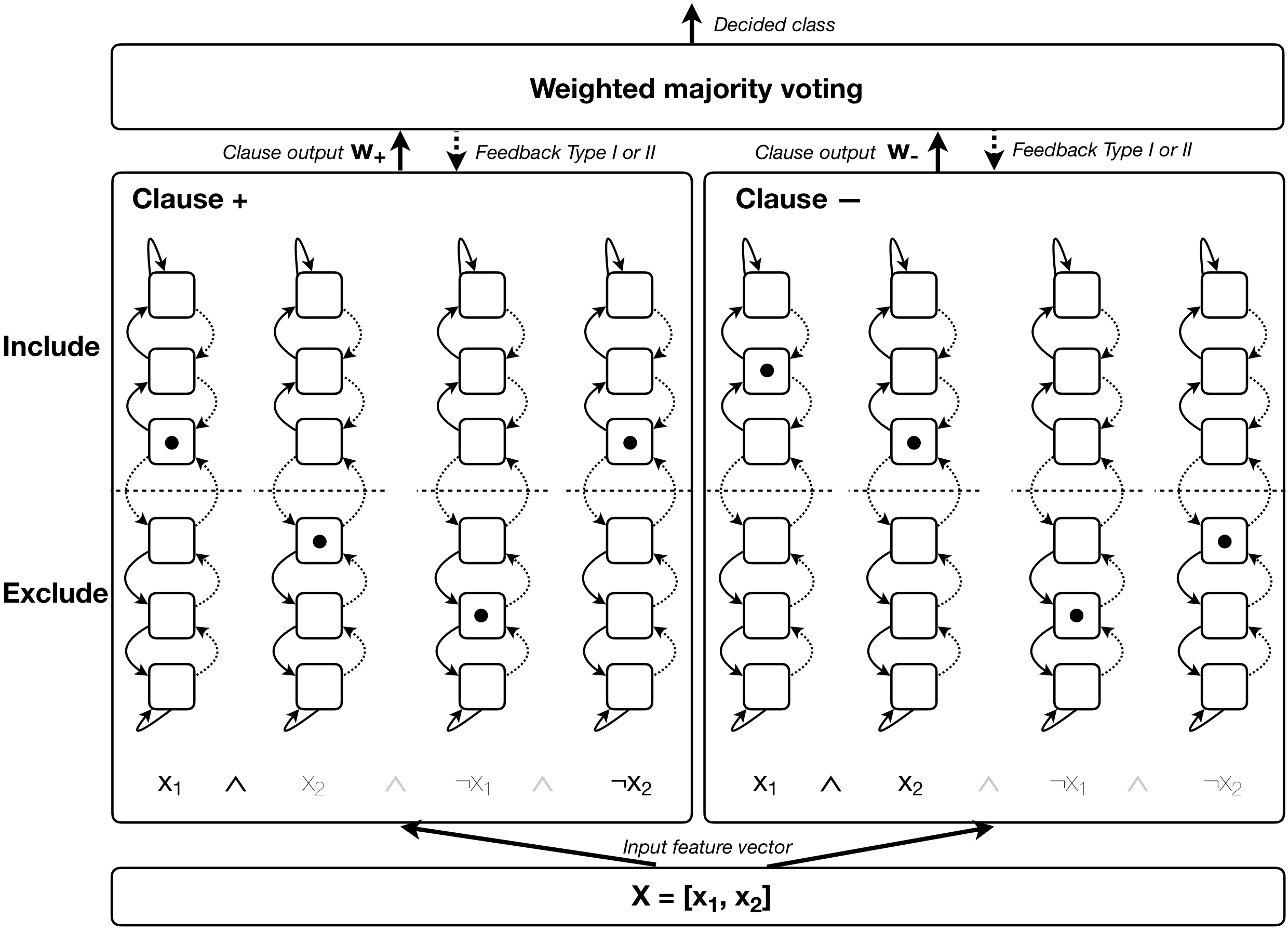A Scheme for Continuous Input to the Tsetlin Machine with Applications to Forecasting Disease Outbreaks
In this paper, we apply a new promising tool for pattern classification, namely, the Tsetlin Machine (TM), to the field of disease forecasting. The TM is interpretable because it is based on manipulating expressions in propositional logic, leveraging a large team of Tsetlin Automata (TA). Apart from being interpretable, this approach is attractive due to its low computational cost and its capacity to handle noise. To attack the problem of forecasting, we introduce a preprocessing method that extends the TM so that it can handle continuous input. Briefly stated, we convert continuous input into a binary representation based on thresholding. The resulting extended TM is evaluated and analyzed using an artificial dataset. The TM is further applied to forecast dengue outbreaks of all the seventeen regions in the Philippines using the spatio-temporal properties of the data. Experimental results show that dengue outbreak forecasts made by the TM are more accurate than those obtained by a Support Vector Machine (SVM), Decision Trees (DTs), and several multi-layered Artificial Neural Networks (ANNs), both in terms of forecasting precision and F1-score.
PDF Abstract
